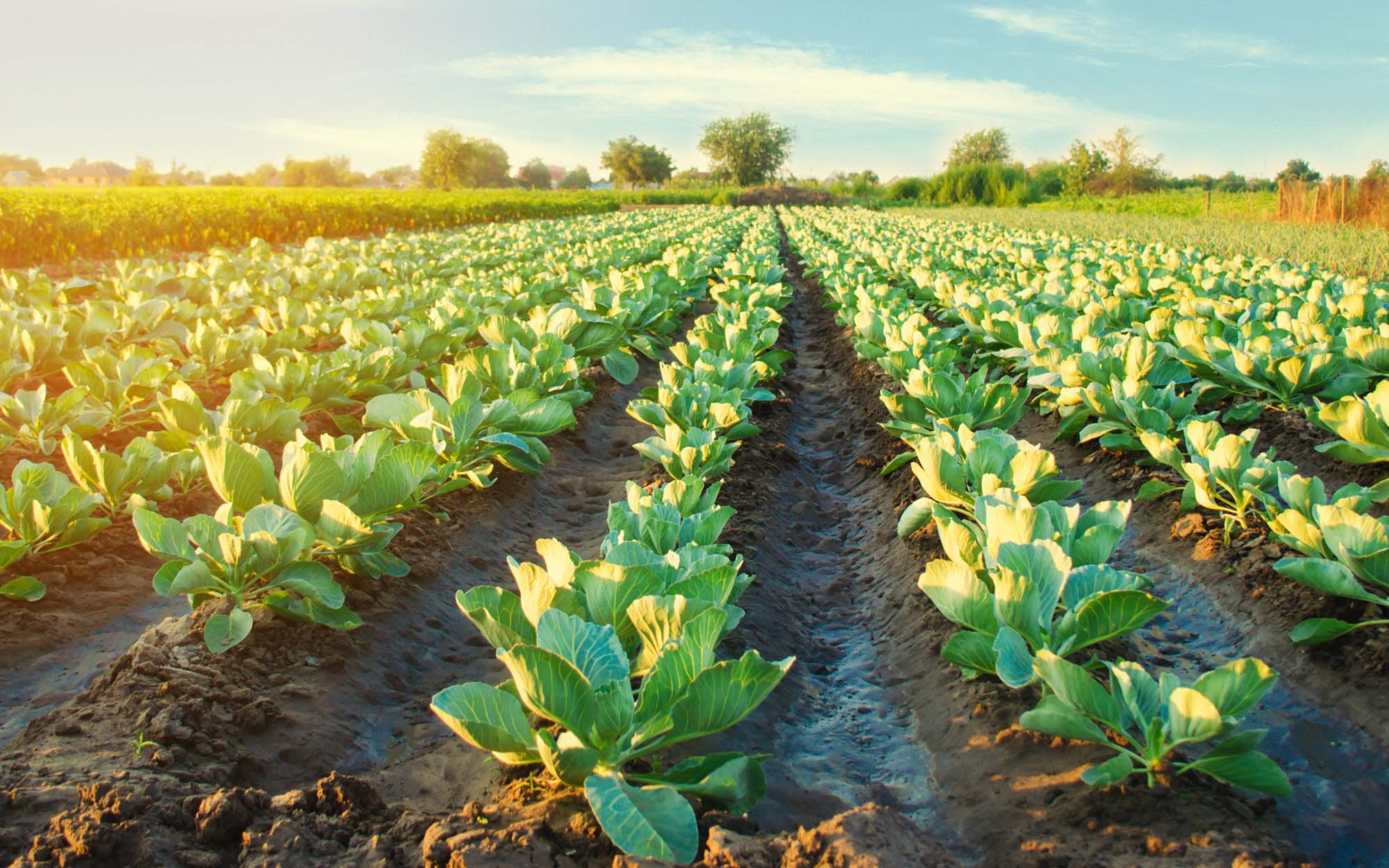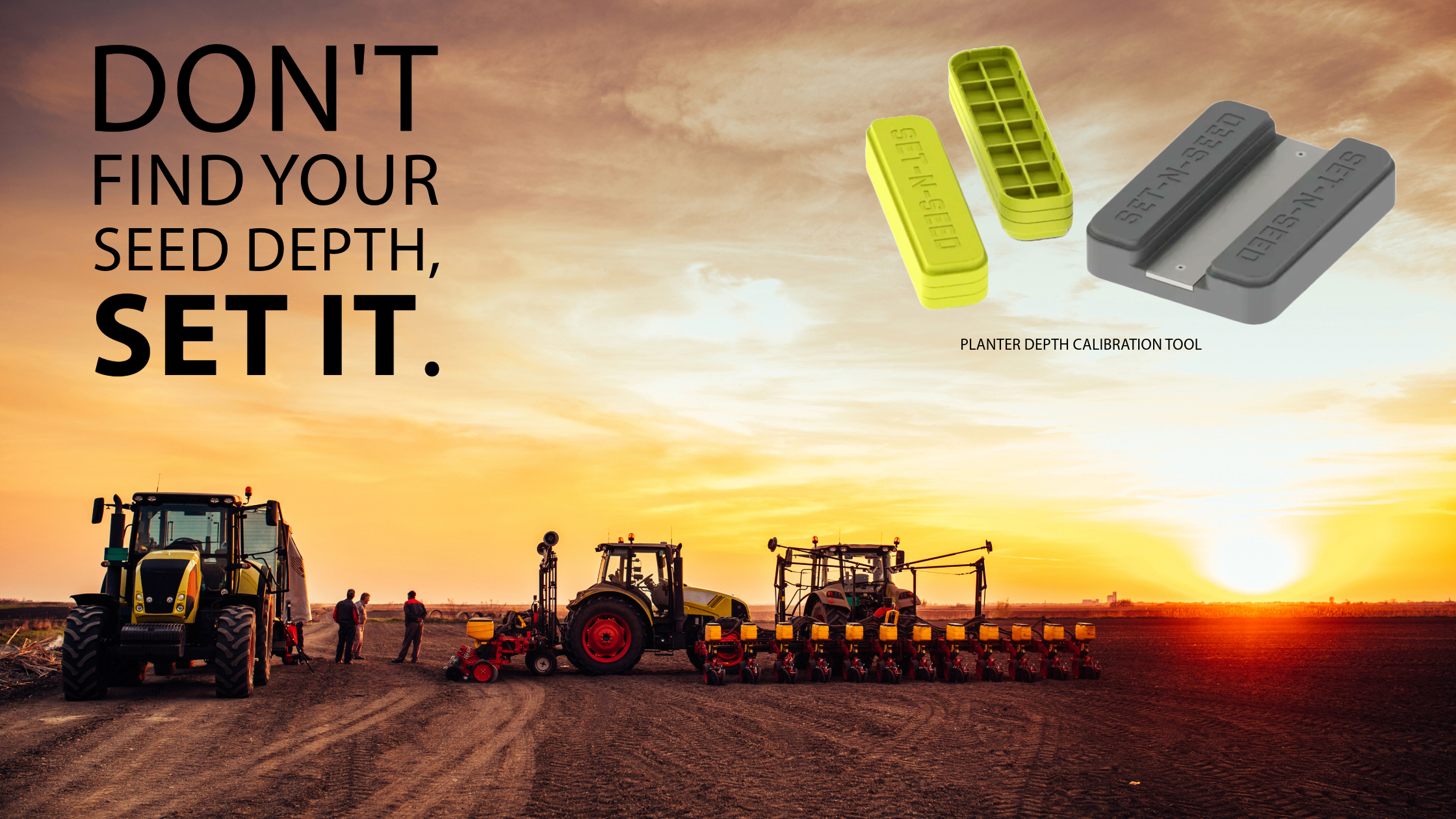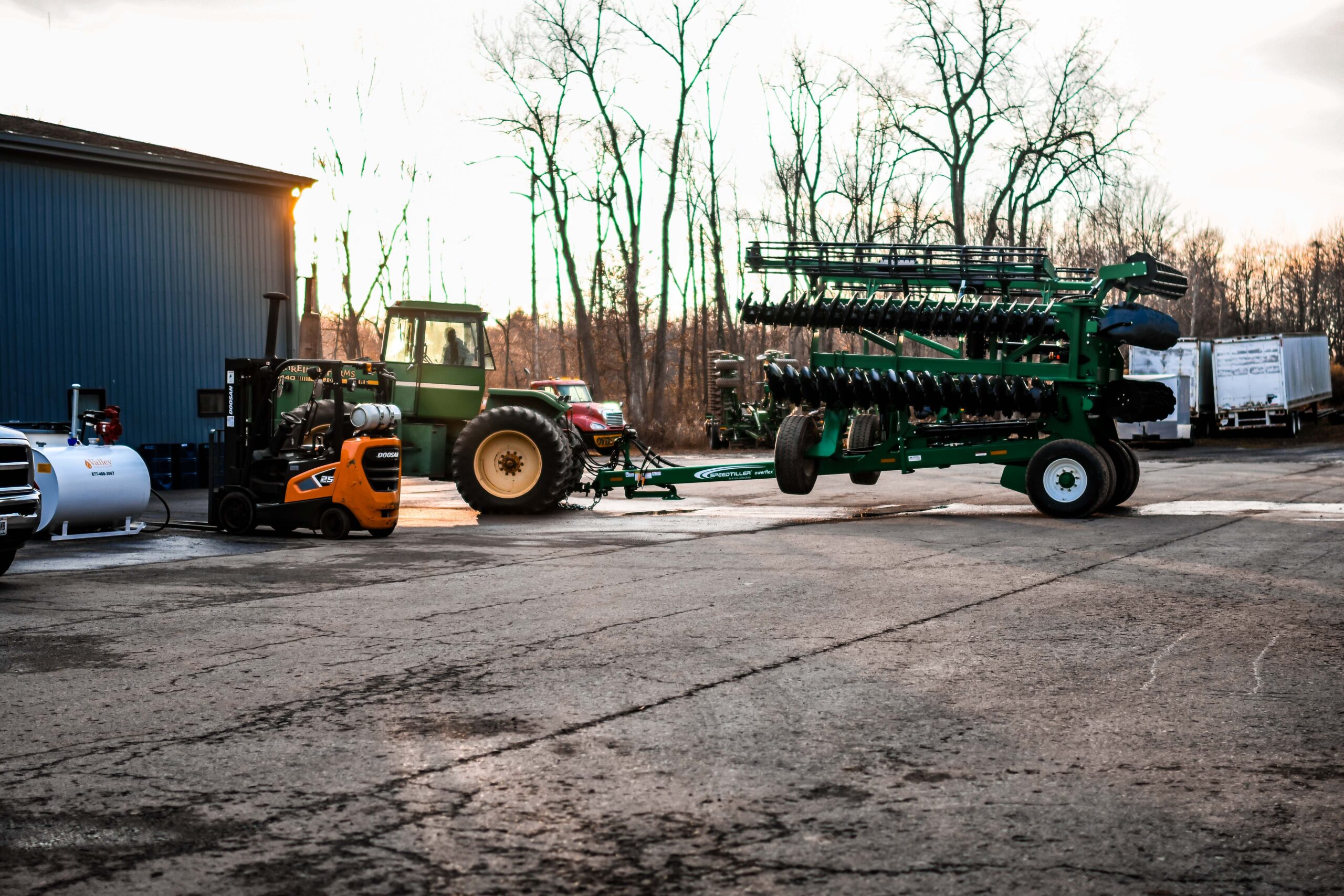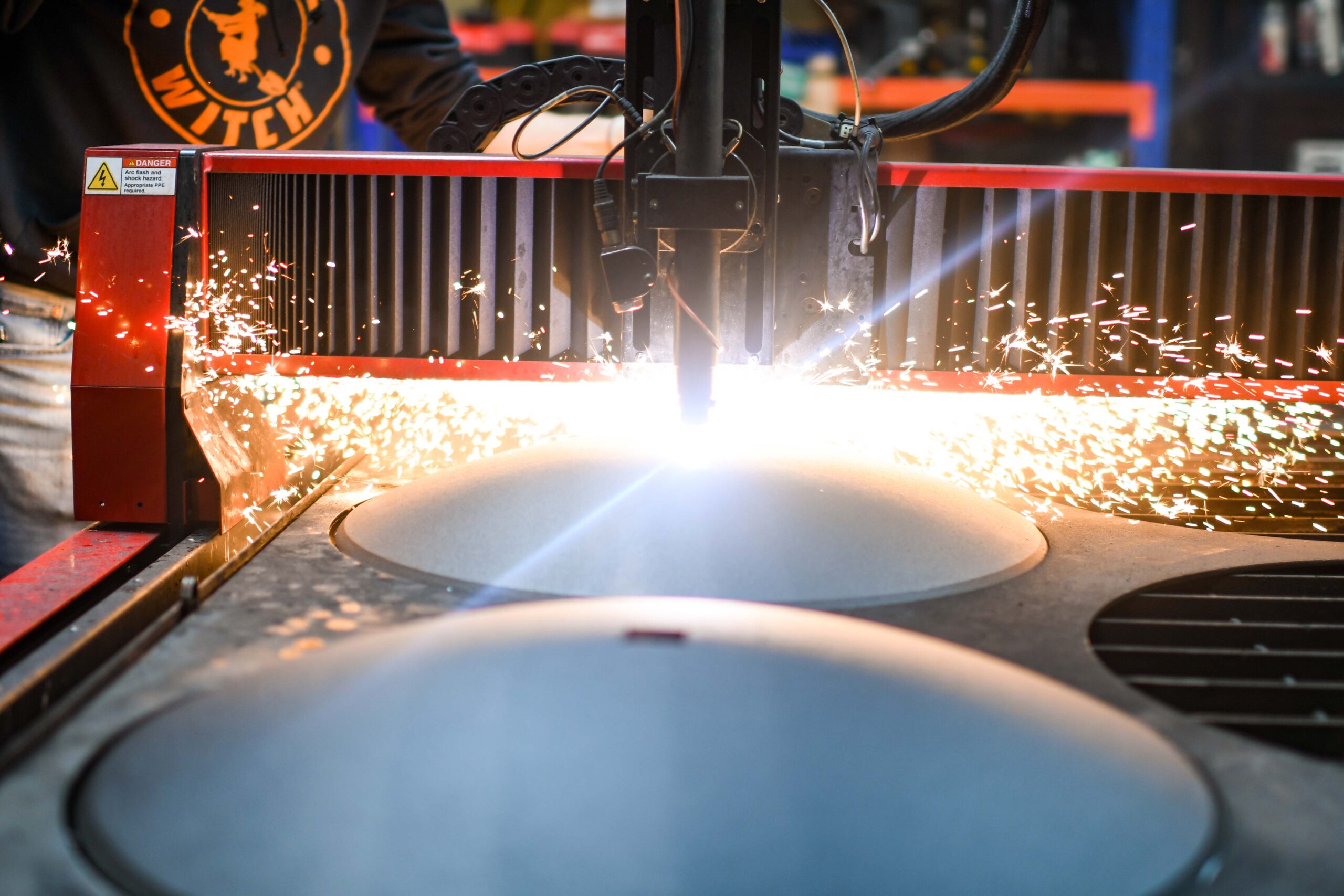
Your Complete Guide to Farm Budgeting
To determine the feasibility of farming operations, growers need to ask themselves several economic questions, such as:
- How many acres of each crop do I need to produce?
- What size product or retail cut should I sell?
- Will my projected income for the coming year be sufficient to cover my family living requirements?
Farm budgeting is the process of accounting for this data, and in response, making operational decisions based on it. However, no farming operation is alike, and a cookie-cutter approach to your budgeting analysis simply won’t cut it.
Keep reading to discover the unique factors you must understand to accurately assess the feasibility of your farming operation.
Understanding the Four Different Types of Farm Budgets
Generally speaking, the different types of farm budgeting can be broken down into following categories:
Whole-Farm Budget
A whole-farm budget is constructed annually and includes all the income and costs associated with your yearly production. Essentially, it’s a summary of the physical and financial features of your entire farm. There are several practical uses for whole-farm budgets, including:
Comparing yields from other farming operations that use different cropping or production patterns
Estimating the profitability of your projected farming plan
Providing lenders, consultants, and other shareholders with a detailed farming plan for the upcoming planting and harvest seasons.
Partial Budget
A partial budget evaluates minor changes in your annual plan, projecting any increases or decreases in your farm’s cash flow. For example, a partial budget approach is used to determine whether renting or owning harvesting equipment makes the most economic sense.
Additionally, growers often leverage partial budgeting to assess the feasibility of raising and harvesting hay versus buying bales from a third party. It’s important to note that since a partial budget only examines changes in your farming plans, the analysis is much quicker to complete compared to a whole-farm budget.
Cash-Flow Budget
A cash-flow budget is primarily concerned with the expenses of your production period. Most cash-flow budgets are constructed on a monthly basis and provide growers with valuable information used to estimate their farm’s cash flow. Basically, it highlights your projected profits and aligns them with your farming costs, helping you better understand the projected amount of borrowing and repayment for operating credit. As a helpful tip, most lenders require a cash-flow budget before extending credit or getting a new loan. So, if you’re looking to buy new equipment, you’ll likely need to construct a cash-flow budget.
Enterprise Budgets
Enterprise budgets are the most detailed type of operational analysis, as they incorporate data from whole-farm, partial, and cash-flow budgets.
However, unlike the previous analysis, enterprise budgets are constructed on a “per-unit” basis, as they assess the economic viability of your operation based on acre or head, providing a detailed comparison of your crop yield among other farmers.
Simply put, your “enterprise” accounts for every activity that takes place on your farm, from using products to selling your crops to wholesalers. Additionally, enterprise budgets can include, but aren’t limited to:
- An acre of crops
- Cows producing calves
- Cost of purchasing hay bales
- An acre of summer fallow ground
Every farm comprises one or more enterprises, each requiring a particular combination of resources, so your budget should include the farming costs and income associated with:
- Producing crops
- Harvests and yields
- Moving produce through the supply chain
While the amount of data in enterprise budgets means the assessment takes longer to complete, the analysis is extremely beneficial in helping you estimate costs and returns as they apply to your annual plan.
Key Components To Include in Your Farm Budgeting Analysis
At the end of the day, accurately assessing your farming budget boils down to four key factors:
1) Income
Income is the first, and arguably most important, aspect of budgeting. Income analysis aims to highlight:
- Products produced
- Quantity and unit of each product
- Expected price per unit
- Total revenue per product (TRP)
TRP is the number of goods multiplied by the unit price. For example, 1.5 tons per acre, at $60 per ton, is $90 in revenue per acre. While income is easy to calculate, it requires careful consideration of expected yields and prices, as even the smallest of mistakes could throw your budget off track.
2) Operating Costs
Operating costs, also called “variable costs,” are the second set of values in farm budgeting. Simply put, variable costs are expenses that fluctuate based on your yield. Unlike annual crop yield, variable costs are grouped according to each stage of production, meaning you could see several variable expenses added on throughout the year.
There are two types of variable costs: noncash and cash. The first, noncash, refers to the labor you do during harvest or planting season. It’s important to note noncash expenses are strictly the work you personally conduct, if you happen to enlist supplemental labor throughout the year, those would qualify as cash costs.
Simply put, cash costs are expenses you incur over the year. In addition to payroll, cash costs also include items like:
- Fuel
- Baling twine
- Equipment repairs
- Replacement AG parts
Winter is the perfect time to replace your AG parts. With RangeLine’s fast shipping, you’ll get high-quality, dependable equipment delivered right to your doorstep.
3) Fixed Costs
Fixed costs, also referred to as “ownership costs” or “sunk costs,” represent expenses incurred once the land, machinery, and equipment have been purchased. Like variable costs, fixed costs are also divided into cash and noncash costs, with expenses including:
- Leases
- Insurance
- Taxes (buildings, land, property)
4) Machinery Costs
Machinery costs also have both variable and fixed expenses, and often represent a substantial portion of the expenses included in your farming operations. Variable costs include repairs and maintenance charges, while fixed expenses cover the purchasing, depreciation, interest, and insurance of your AG equipment.
Stay Ahead of Unforseen Machinery Costs With RangeLine Group
The farming industry is constantly evolving. From product shortages to equipment breakdowns, unforeseen machinery expenses can leave you struggling to keep up.
Luckily, RangeLine Group offers dependable equipment to keep your farming operations profitable. Our AG parts are thicker and more durable than standard OEM parts, which increases the lifespan of your equipment and keeps you in the field longer.
Time to invest in durable AG parts, and in return, improve your operational efficiency? Start by finding the parts you need here, or reach out to our helpful team and discover the RangeLine difference.








